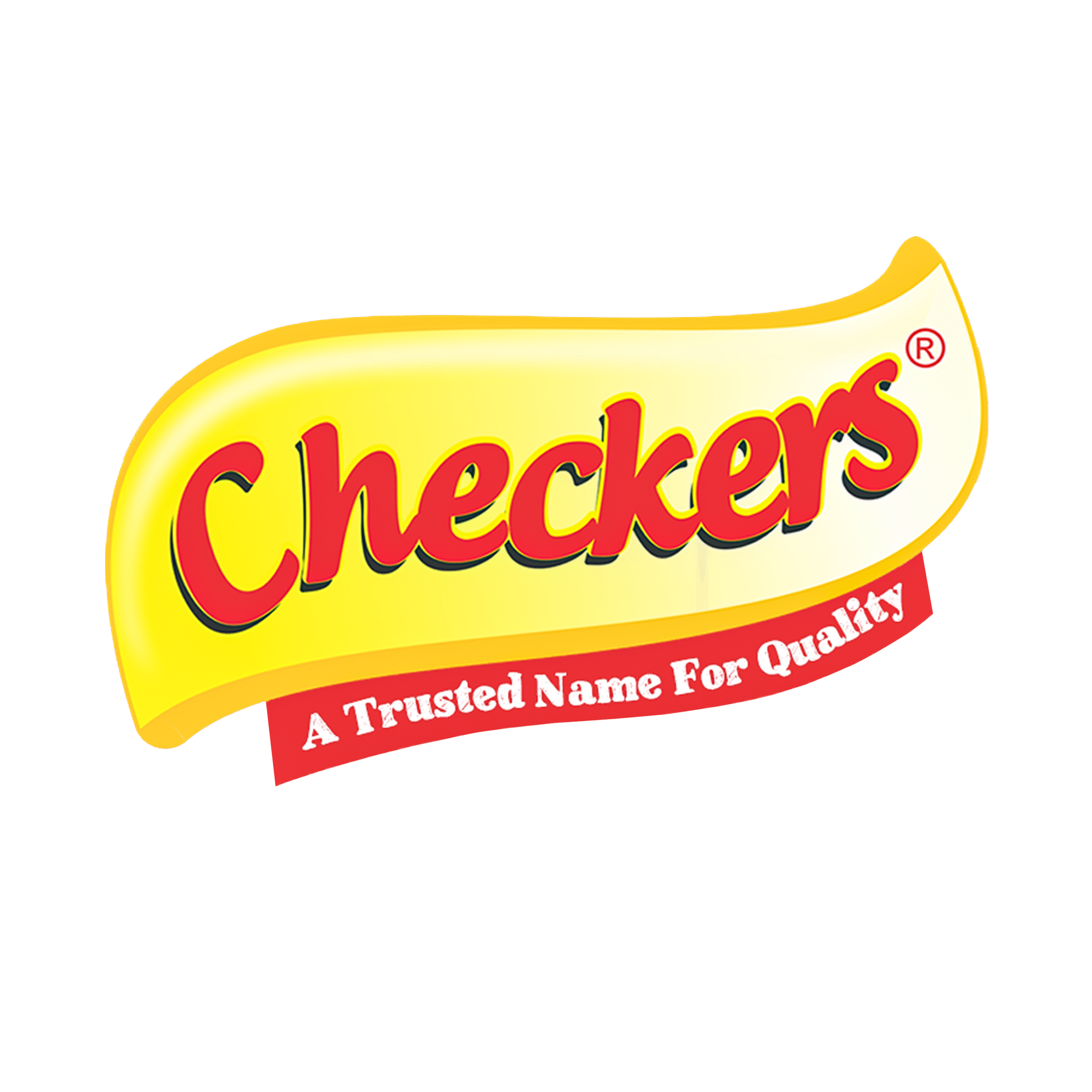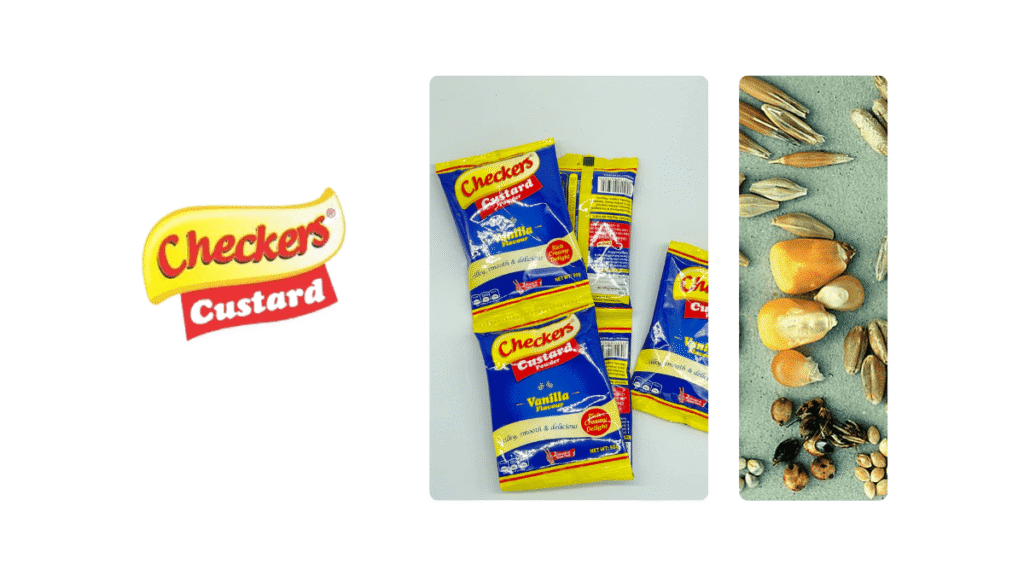When it comes to breakfast tables across Africa and beyond, one question often pops up: Is custard a cereal? Many people enjoy a warm bowl of custard in the morning, the same way they would pap or cornflakes, which makes the debate even more interesting. Custard is smooth, creamy, and filling, but does it really belong in the cereal category, or is it something different altogether?
Have you ever wondered why families often pair custard with milk, fruits, or even bread, just like cereal? Or why some health-conscious parents prefer serving custard to their kids instead of other cereal-based meals? Could it be the texture, the nutritional value, or the way it keeps you satisfied and energized? These are the questions many breakfast lovers ask, and finding the answer can help you make better food choices for yourself and your family.
In this article, we’ll break down the differences between custards and cereals, explore where custard truly fits in the food family, and highlight why Checkers Custard remains the perfect choice for anyone seeking taste, nutrition, and versatility. After going through this page, you’ll see how custard is more than just a breakfast option. It’s a wholesome experience that keeps winning hearts at the dining table.
You can also see How to Introduce Custard to A Baby
What Is A Cereal?
A cereal is any food made from the edible grains of plants like maize (corn), rice, wheat, oats, millet, or barley. These grains are often ground, processed, or cooked into different forms such as pap, cornflakes, oats porridge, and breakfast flakes. Cereals are loved because they are filling, easy to prepare, and packed with energy-giving carbohydrates.
Is Custard a Cereal?
The simple answer is no, custard is not a cereal. While cereals are usually grains like maize, rice, wheat, or oats eaten in their natural or slightly processed form, custard is a processed food made from corn starch. This starch is mixed with milk, water, sugar, and flavors to create the smooth, creamy dessert or meal we all love.
However, custard does have a strong link to cereals because its main ingredient, corn starch, comes from maize, which is a cereal grain. So while you can’t call custard a cereal on its own, you can say it is a cereal-based product.
With Checkers Custard, you get the best of both, the energy from maize (a cereal) and the rich, creamy texture that makes custard unique. That’s why many families in Nigeria and across Africa enjoy custard not just as a treat, but also as a filling meal option.
Also Read: 10 Ingredients in Custard Powder | Nutritional Value of Custard
Nutritional Comparison: Custard and Cereal
When people ask, “is custard a cereal?”, one of the best ways to answer is by looking at their nutrition side by side. While both custard and cereal can be part of a healthy diet, they offer very different benefits. Cereal is usually made from grains and is high in carbohydrates, while custard provides not just energy but also protein, vitamins, and minerals that support overall health.
Here’s a simple comparison:
| Nutrient | Custard (Checkers Custard) | Cereal (Average Packaged Cereal) |
| Main Base | Milk + custard powder (cornstarch, flavor, fortified nutrients) | Whole grains (corn, wheat, oats, rice) |
| Carbohydrates | Moderate, slow-release energy | High, often fast-release sugars |
| Protein | Moderate (from milk) | Low unless fortified |
| Calcium | High – supports strong bones | Usually low unless fortified |
| Vitamins | Enriched with Vitamin A & D in many custard mixes | Often fortified (iron, B vitamins) |
| Sugar Content | Can be controlled (no added sugar option) | Often high in added sugar |
| Texture & Satiety | Creamy, filling, keeps you fuller longer | Crunchy, but may not sustain fullness |
So, while cereal is a quick option, custard stands out as a wholesome and satisfying choice for families who want both taste and nutrition.
Which Is Better for Breakfast, Custard or Cereal?
Many people ask, “is custard a cereal, and which one should I choose for breakfast?” The answer depends on what you want from your morning meal. Cereal is often praised for being quick and easy, but it’s usually processed and packed with sugar. This means it gives a short burst of energy but leaves you hungry again soon after.
Custard, however, is more than just a tasty treat. It is rich, creamy, and filling, providing your body with essential nutrients like protein, calcium, and vitamins that help keep you energized for longer. With Checkers Custard, you get a breakfast option that isn’t only satisfying but also versatile, you can enjoy it plain, pair it with fruits, or even combine it with light snacks for a wholesome start to your day.
So, while cereal may win on speed, custards wins on nutrition, taste, and satisfaction. If you’re looking for a breakfast that fuels your body and delights your taste buds, Checkers Custard is the better choice every morning.
Conclusion
At the end of the day, the question “is custard a cereal?” has a clear answer: Custards are not a cereal, but it is a cereal-based product that offers so much more. While cereals are quick and common, Checkers Custard brings a richer, creamier, and more nourishing option to the breakfast table. Packed with energy, calcium, and vitamins, it keeps you satisfied longer and can be enjoyed in countless ways. For families who value both taste and nutrition, Checkers Custard isn’t just breakfast, it’s a complete experience.
Frequently Asked Questions About Is Custard a Cereal
No, custard is not a cereal. Custard is a creamy dessert or breakfast option made from custard powder, milk, and sugar, while cereal comes from processed grains like corn, oats, or wheat.
Yes! Custard can be enjoyed as a breakfast option because it is filling, nourishing, and easy to prepare. Many people find it more satisfying than cereal.
It depends on the cereal. Many cereals are highly processed and contain lots of sugar. Custard, especially Checkers Custard, provides protein, calcium, and energy, making it a wholesome choice when eaten in moderation.
Yes, custard is a great option for kids because it’s smooth, easy to digest, and can be enriched with fruits. Unlike sugary cereals, it provides steady energy for the day.

